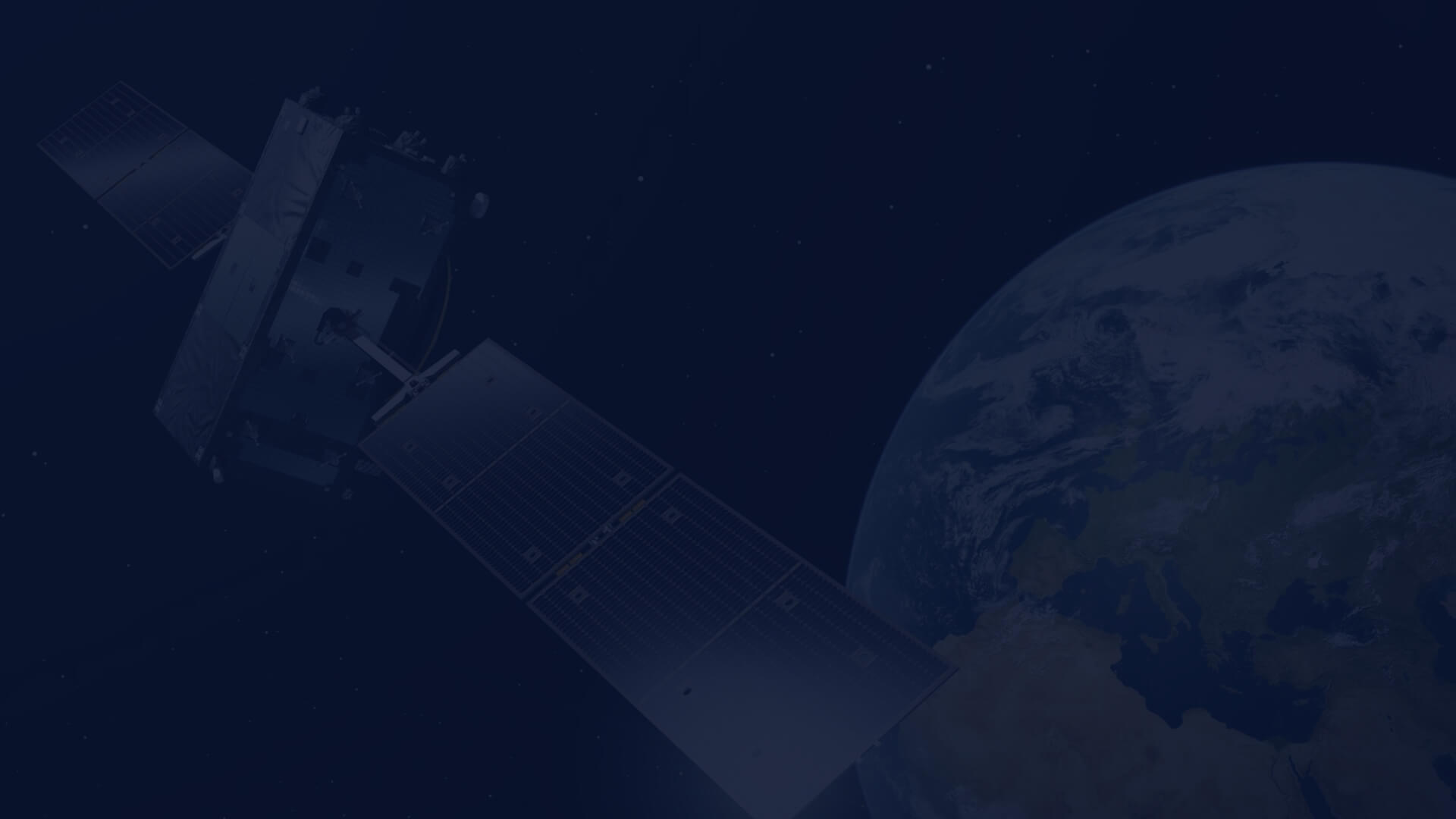PGaaS - Product Generation as a Service
Product Generation as a Service PGaaS is a serverless processing service, which allows easy mass processing of EO products without using virtual machines. The Product Generation solution allows the user to save time related to preparing the environment for the implementation of the required processors. In this scenario, the user does not need to configure the operating system and the entire cloud environment required to scale the processing to get results faster.
Our service allows the user to easily select the type of processor he wants to use. After choosing the processor, the user defines the group of products to be processed by selecting an area of interest, a date range and optionally other parameters. The user may also define additional processor output parameters if needed.
The service is available in two modes:
Best effort
The best effort scenario assumes queuing orders on a specific pool of cloud resources, with no guarantee that the processing will be done in a specific time. In this case the customer's order is processed on limited, shared resources. In this mode, the service is free of charge. This solution is best for projects that require several dozen or several tens of processed products. In case of a large queue and another few hundred products, the waiting time for the completion of processing may take even several weeks.
Premium
The premium service uses the full potential of CloudFerro’s cloud environment, which allows users to generate thousands of products in a limited, well defined timeframe. To activate this mode, the user should contact the sales department and agree on individual processing conditions. An appropriate pool of cloud resources will be allocated, to guarantee the generation of the products in a limited timeframe. Premium services are billed according to a price list. Processing costs depend on the number of processed products and the type of processor selected.
Below there is a list of available processors:
Sentinel-1 CARD-BS
The Sentinel-1 CARD-BS processor produces Sentinel-1 Level-2 terrrain corrected backscatter data, expressed in Gamma0 units for both VH and VV polarisations. The processor uses ESA SNAP software and the SNAP workflow consists of the following steps: Applying Orbit File, Removal of Border Noise, Removal of Thermal Noise, Calibration and Terrain Correction. The processor ingests Sentinel-1 GRD data and uses automatically downloaded orbit and calibration data for the initial corrections and calibrations, as well as customly mosaicked Copernicus DEM 30m elevation data for the terrain correction. The output data is formatted in DIMAP format.
Sentinel-1 CARD-COH6
The Sentinel-1 CARD-COH6 processor produces Sentinel-1 Level-2 interferometric coherence data, based on a 6-day temporal baseline for both VH and VV polarisations. The processor uses ESA SNAP software for the coherence estimations for two image pair combinations (the primary image and its two overlapping secondary images acquired six days prior) followed by a mosaicking step performed with GDAL. The SNAP workflow consists of the following steps: Applying Orbit File, TOPSAR Split, Back-Geocoding, Coherence, TOPSAR Deburst, TOPSAR Merge, Multilook and Terrain Correction. The processor ingests Sentinel-1 SLC data and uses automatically downloaded orbit data for the initial corrections, as well as customly mosaicked Copernicus DEM 30m elevation data for the terrain correction. The final mosaicking step in GDAL merges the two coherence images in one final product covering the entire footprint of the primary product. The output data is formatted in Geotiff format, with the two bands indicating the VH and VV polarisations, respectively.
Sentinel-1 COG
The Sentinel-1 COG processor produces Sentinel-1 Level-1C GRD data in Cloud-Optimised Geotiff (COG) format, using a gdal_translate conversion routine in GDAL. The processor ingests Sentinel-1 GRD DIMAP data in the measurement directory of the .SAFE image and converts it to Geotiff format. The .SAFE file structure of the image stays the same as the original image.
Sentinel-2 sen2cor L2A
The Sentinel-2 sen2cor Level-2 processor performs atmospheric correction of Sentinel-2 Level-1C data using the sen2cor v2.8.0 processor. Parameters of the processor as the same as the settings used by Copernicus/ESA for their in-house Sentinel-2 Level-2 processor, except for the DEM data (ESA uses PlanetDEM, CREODIAS uses Copernicus DEM 90m). A small collection of old Sentinel-2 L1C images processed with an old processing baseline (from 2015 and 2016) are processed with sen2cor v2.5.5. The sen2cor version selection is performed automatically by the processor and stored in the metadata. When a user selects a Sentinel-2 L1C image, the processor initially checks whether a corresponding Sentinel-2 L2A image already exists in the CREODIAS repository, subsequently whether a corresponding Sentinel-2 L2A image already exists in the Copernicus repository (if so, it downloads it to the CREODIAS repository. Only if no Sentinel-2 L2A image exists in either repository, the Sentinel-1 L1C product will be processed to Sentinel-2 L2A with the sen2cor processor.
Sentinel-2: Resolution Enhancer
Sentine-2: Resolution Enhancer allows for object enhancement in images for 8 spectral channels with simultaneous preservation of radiometric quality. The result of the processing is a Sentinel-2 L2A product with a resolution of 2.5m GSD, saved as a multilayer geoTIFF file. The solution gives the possibility to access current and historical data of the Sentinel-2 in the so far unavailable resolution
In order to facilitate the use of premium services, we have prepared a simple and transparent price list based on the selected processor type and number of products to be generated.
Please visit our price list page for PGaaS pricing.
All available information such as tutorials on how to order processing can be found in our FAQ section at this address.
If you have any questions about PGaaS please contact our sales department.

